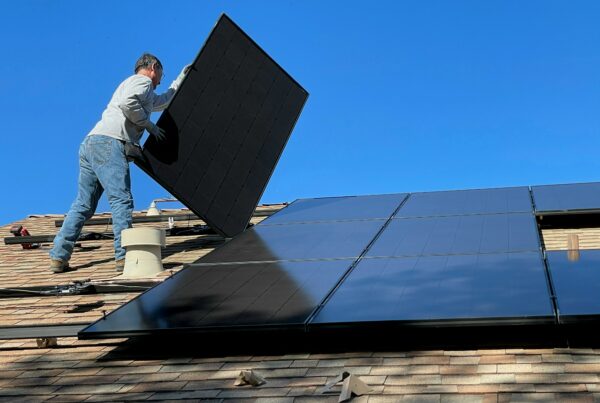Owning an older building can be a daunting task. On the one hand, these structures often boast charming architectural details and a sense of history that can be difficult to replicate in modern construction. On the other hand, maintaining an older building can be expensive and complicated, especially when it comes to electrical systems. Neglecting these systems can result in costly and potentially dangerous consequences, including fires and electrocution.
One of the biggest challenges of maintaining electrical systems in an older building is that much of the wiring is hidden behind walls, making it difficult to detect issues before they become serious. Flickering lights, hot spots, repeatedly tripped circuit breakers, dysfunctional outlets, and burning smells are all warning signs that something is amiss. Facilities managers must be vigilant in identifying these issues and addressing them promptly before they escalate.
Outdated components are one of the primary causes of electrical system failure in older buildings. As technology progresses, parts that were once considered standard may no longer meet current regulations, rendering older systems obsolete. For example, knob and tube wiring, an early standardized method of electrical wiring, can be prone to insulation breakdown due to overheating or mechanical abuse. Similarly, aluminum wiring, which was popular in the mid-1960s to mid-1970s when copper prices were high, has been found to be 55 times more likely to create “fire hazard conditions” than copper.
Old electrical panels, such as those produced by the Federal Pacific Electric Company in the 1950s, can rust and break down over time, making them unable to prevent surges. When this occurs, the components can melt, causing sparks and potential fires. Components within an electrical system typically begin to wear out after 25 to 30 years, which means that older buildings are particularly susceptible to electrical failures due to worn-out parts.
Changes in a building’s electrical needs can also contribute to system failures. For example, if the building is now occupied by an owner in a different industry than initially designed and intended, electrical needs may be more advanced. Alternatively, the occupant may remain the same but have evolving electrical needs that the system no longer meets. Neglecting upkeep is another major factor that can contribute to electrical system failure. If temporary fixes have been implemented in place of proper solutions, the building and its inhabitants may be at risk.
To mitigate these risks, facilities managers must take a proactive approach to electrical system maintenance. Periodic electrical inspections and maintenance can help prevent unexpected shutdowns and minimize risks associated with faulty systems. Utilizing infrared thermography can help detect hot spots and other issues that may not be visible to the naked eye. Hiring licensed electricians to upgrade electrical systems is also essential. Upgrades must meet current codes for the present occupancies, and all upgrades should be thoroughly documented.
Investing in proper resources can help ensure that a building’s electrical system is maintained to the highest standards of safety and reliability. The consequences of neglecting these systems can be severe, and the costs of retrofitting an outdated system can be high. By taking a proactive approach to maintenance and repairs, facilities managers can help preserve the integrity and safety of older buildings for years to come.





